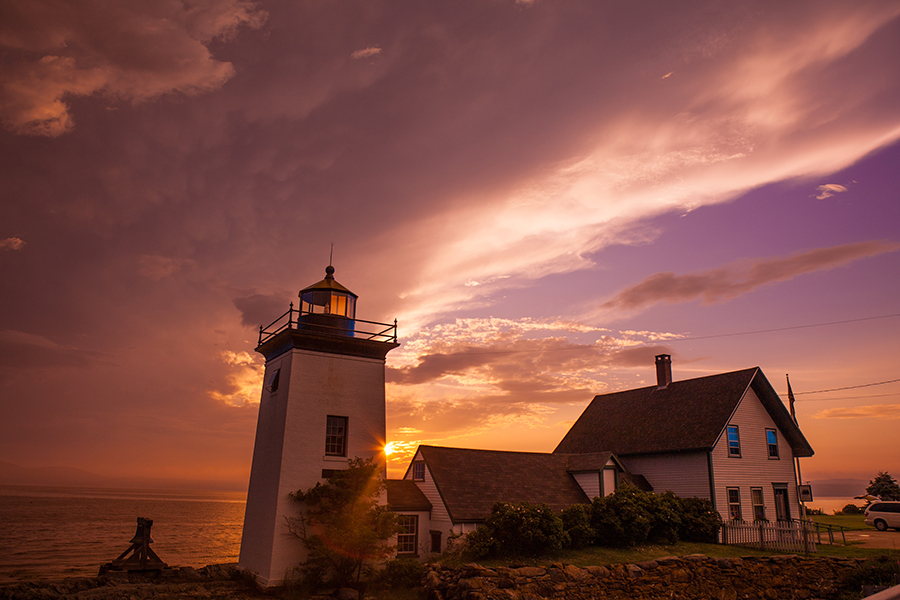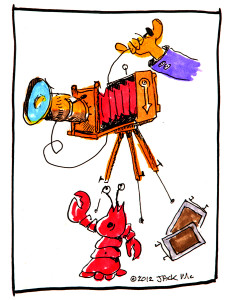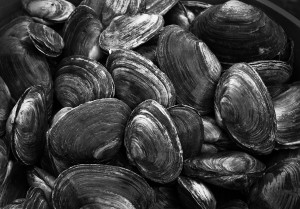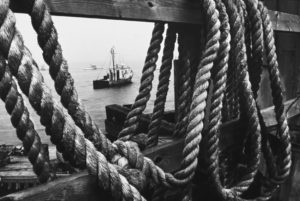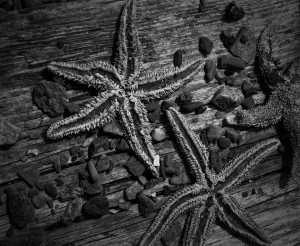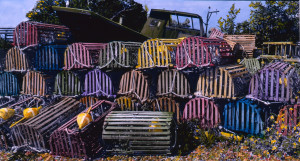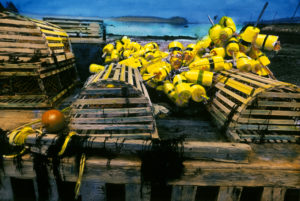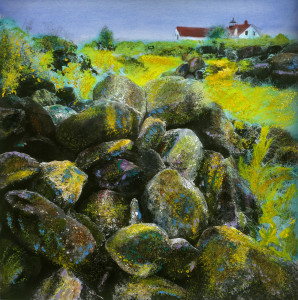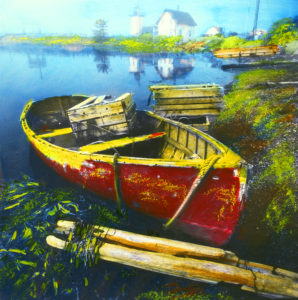How I spent my summer vacation. 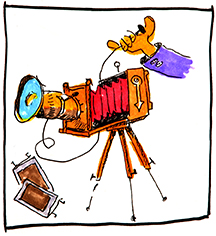
On the first day of July with temperatures in the mean-90s, we decided nothing would do but a pint of Ben & Jerry’s with Loony’s hot fudge sauce. Back in the car Paula turned the ignition key and the car cranked away but wouldn’t turn over. So I called Cliff Houle for a rescue and he said he’d be right down with the tow truck. Then I called Everard Dodge at the Odd Ball Lobster at the Up Island Marina and he said he could leave his lobsters long enough to give us a ride to the cottage.
About a dozen people coming in and out of the Island Market offered help and the guys at Leach’s Express offered to push us out into the street when the tow truck arrived, although that turned out not to be necessary because of course the car started as soon as Cliff arrived. We sent her off with Cliff anyway to figure out what was wrong, and just then Diana Roberts, our landlady for the week, popped into the parking lot and yelled out, “Need a loaner? There’s a PYY truck waiting at the ferry.” And so our last problem was solved. Catastrophe averted.
Went home to get ready for the Art of the Isles celebration at the Islesboro Community Center and enjoyed a bowl of ice cream to cool us down. By the next day Cliff figured out the starter sensor was worn out, and by the end of the week we had parts from the Mainland and were all fixed up in time to leave the island on Saturday on the 8:30 ferry.
Seeing as how we had borrowed wheels all week, I was able to get around and snap my usual snaps. The first few days were foggy as anything, allowing me to go after some patches of ferns. The lupine were gone by, but every garden on the island was full in bloom. Even in the fog, PYY, Up Island Marine, and Cliff’s Auto Yard offered me plenty of possibilities.
One afternoon I spent some time at the Boardman Cottage, where I shot the Photo Quilt so I could identify the old-timers in the photos for Historical; and I had a nice visit with Stanwood Pendleton. Then I visited Larry Hobart, famous author of just-released Basalt City, an historical fiction about the KKK in Oregon in the ‘20s when they fought against the Catholics. Larry was the first person I met on the island in 1982 when we picked up our cottage key from Donnie Pendleton. And I’m sure his book will be a huge success. I’m already enjoying the first chapter.On a couple of evenings we drifted through Big Tree Beach and along the West Side to the ferry slip to see if we could catch a sunset, even with the foggy conditions. And I did photograph the sky with a wide-angle lens, including a bit of a silhouette of the lighthouse in the bottom 10% of the image as a counterpoint to the cloudscape. I got another shot of the sky—a 2-shot wide-angle panorama with silhouetted people at the bottom of the frame, which I’ll stitch together in PhotoShop when I get home.
The Fourth of July Parade on Thursday should have been my crescendo of effort, but it was so dang hot, I had to throw in the towel after 15 minutes. But not until I got a fantastic shot of Eileen Boardman in her big floppy hat. Can’t wait to post that on my SevenKnotsGallery.com website as soon as I get back to Connecticut. Missed the fireworks and the strawberry shortcake because of the heat. And instead I listened to music and did drawings of the cottage porch and the two boatyards to quiet my restless mind. All you who enjoy tinkering with your cameras might try your hand at drawing too.
I sketch in pencil, ink over the drawings, and color them with magic marker. I did 17 drawings while I was on the island, and found it really satisfying. I may send a couple back to the Community Center for the Gift Shop. Like every week I’ve ever spent on Islesboro, I’d rate this one as perfect in every way. Even though my car broke down and the weather was nothing to write home about, I enjoyed just about every minute of my time here. Under the same circumstances back home in Hartford, I might have been a cranky complainer. But when you’re sitting in the middle of Penobscot Bay, you feel like the luckiest man on earth.
(Editor’s Note: Jack’s deep love for Islesboro can be found in most of his photos, drawings, and cartoons which can be seen on his Islesboro website, www.sevenknotsgallery.com and on the walls and in the art bins at Art of the Isles gift shop and gallery at the community center.)

